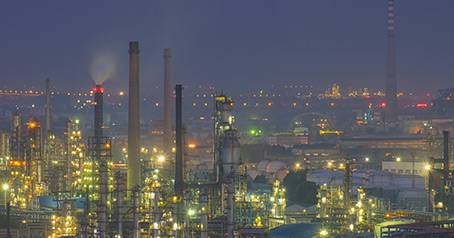Dec . 06, 2024 22:35 Back to list
hdpe pipes and fittings
Understanding HDPE Pipes and Fittings A Guide to Their Benefits and Applications
High-Density Polyethylene (HDPE) pipes and fittings have gained significant attention in recent years due to their versatility, strength, and durability. As an essential component in modern infrastructure, HDPE materials are widely used in various applications, ranging from water supply systems to sewage management. This article delves into the characteristics, advantages, and applications of HDPE pipes and fittings, highlighting why they are becoming the material of choice for many industries.
What is HDPE?
HDPE, or high-density polyethylene, is a thermoplastic polymer made from petroleum. It is recognized for its high strength-to-density ratio, making it tougher and more durable than many other plastic materials. The polymer is characterized by its resistance to impact, chemical corrosion, and UV radiation, which ensures a longer lifespan under various environmental conditions. Due to these properties, HDPE is used in the manufacturing of a wide range of products, including pipes and fittings.
Key Features of HDPE Pipes and Fittings
1. Durability One of the standout features of HDPE pipes is their remarkable durability. These pipes are resistant to rust, corrosion, and various chemical substances, which makes them ideal for transporting a wide range of fluids and gases. They can withstand challenging environmental conditions, including extreme temperatures and high pressure.
2. Flexibility Unlike traditional piping materials, HDPE is flexible, allowing it to be installed in various configurations. This flexibility not only simplifies the installation process but also reduces the chances of leaks, as fewer joints and fittings are needed.
3. Lightweight HDPE pipes are significantly lighter than their metal counterparts, which makes transportation and installation easier and more cost-effective. The reduced weight translates into lower shipping costs and less labor during installation.
4. Jointing Techniques HDPE pipes can be joined using several techniques, including butt fusion, electrofusion, and mechanical fittings. These methods ensure a strong, leak-free connection that is crucial for maintaining system integrity.
hdpe pipes and fittings

5. Environmental Impact HDPE is recyclable, making it an eco-friendly choice in terms of raw material usage and waste reduction. The production process of HDPE has a lower carbon footprint compared to other materials, contributing to sustainability efforts.
Applications of HDPE Pipes and Fittings
1. Water Supply and Distribution HDPE pipes are widely used for potable water supply systems. Their resistance to chemical leaching makes them safe for drinking water. Municipal water supply systems employ HDPE for its longevity and reliability.
2. Sewage and Drainage Systems In wastewater management, HDPE pipes are used for sewer and drainage systems due to their ability to withstand corrosive environments. They help ensure efficient waste disposal and management, reducing the risk of leaks and contamination.
3. Irrigation Agricultural sectors benefit greatly from HDPE pipes, particularly in irrigation systems. Their flexibility and durability make them suitable for various applications, including drip irrigation, which helps conserve water while ensuring adequate supply to crops.
4. Gas Distribution HDPE is also applied in the natural gas distribution industry. Its strength and resistance to environmental stress make it a preferred choice for laying down gas pipelines.
5. Mining Applications The mining industry utilizes HDPE pipes for transporting slurry and other materials. Their ability to withstand harsh conditions and deliver high performance makes them indispensable in this sector.
Conclusion
The advantages of HDPE pipes and fittings have established them as a leading choice in various industries, including water supply, sewage management, agriculture, and gas distribution. Their durability, flexibility, and environmentally friendly nature make them a sustainable option for modern infrastructure needs. As innovation continues to advance, HDPE technology will likely evolve, further enhancing its performance and broadening its application possibilities. For engineers, contractors, and policymakers, understanding the benefits and potentials of HDPE pipes and fittings is vital in making informed decisions that promote efficiency, safety, and sustainability in infrastructure development.
-
Durable PP Rigid Sheet: Lightweight, Chemical Resistant Solutions
NewsAug.21,2025
-
PVC Grey Sheet for Extraction: Chemical Resistant & Durable
NewsAug.19,2025
-
Durable PVC Pipe Fittings for Plumbing & Irrigation Needs
NewsAug.18,2025
-
HDPE Steel Belt Reinforced Spiral Corrugated Pipe | High Strength
NewsAug.17,2025
-
HDPE Pipe Fittings: Durable, Leak-Proof Solutions
NewsAug.16,2025
-
Premium CPVC Sheet: High-Temp & Chemical Resistant Solutions
NewsAug.15,2025

